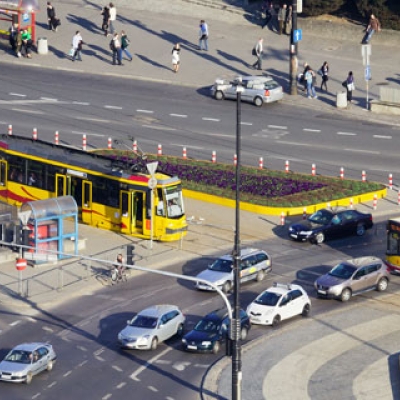
#ForewordFriday: Urban Transformations Edition
By Katharine Sucher / On December 8th, 2017
Cities across the globe have been designed with a primary goal of moving people around quickly—and the costs are becoming ever more apparent. The consequences are measured in smoggy air basins, sprawling suburbs, a failure to stem traffic congestion, and 1.25 million traffic fatalities each year. It is clear that change is needed. Instead of planning primarily for mobility, our cities should recalibrate planning and design to focus on the safety, health, and access of people in them.




